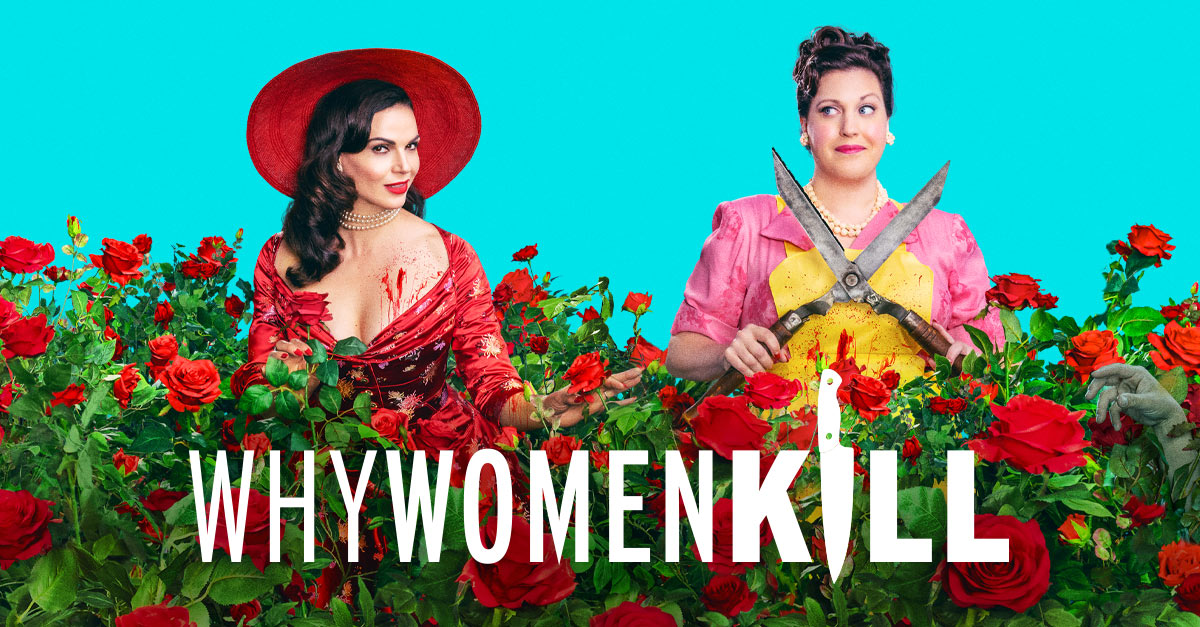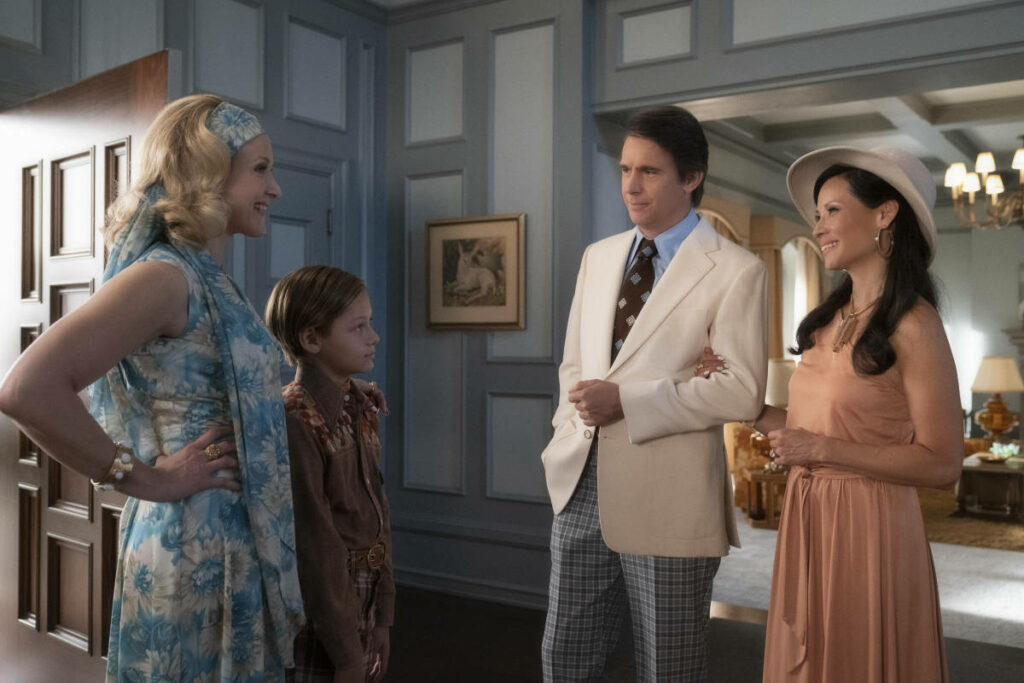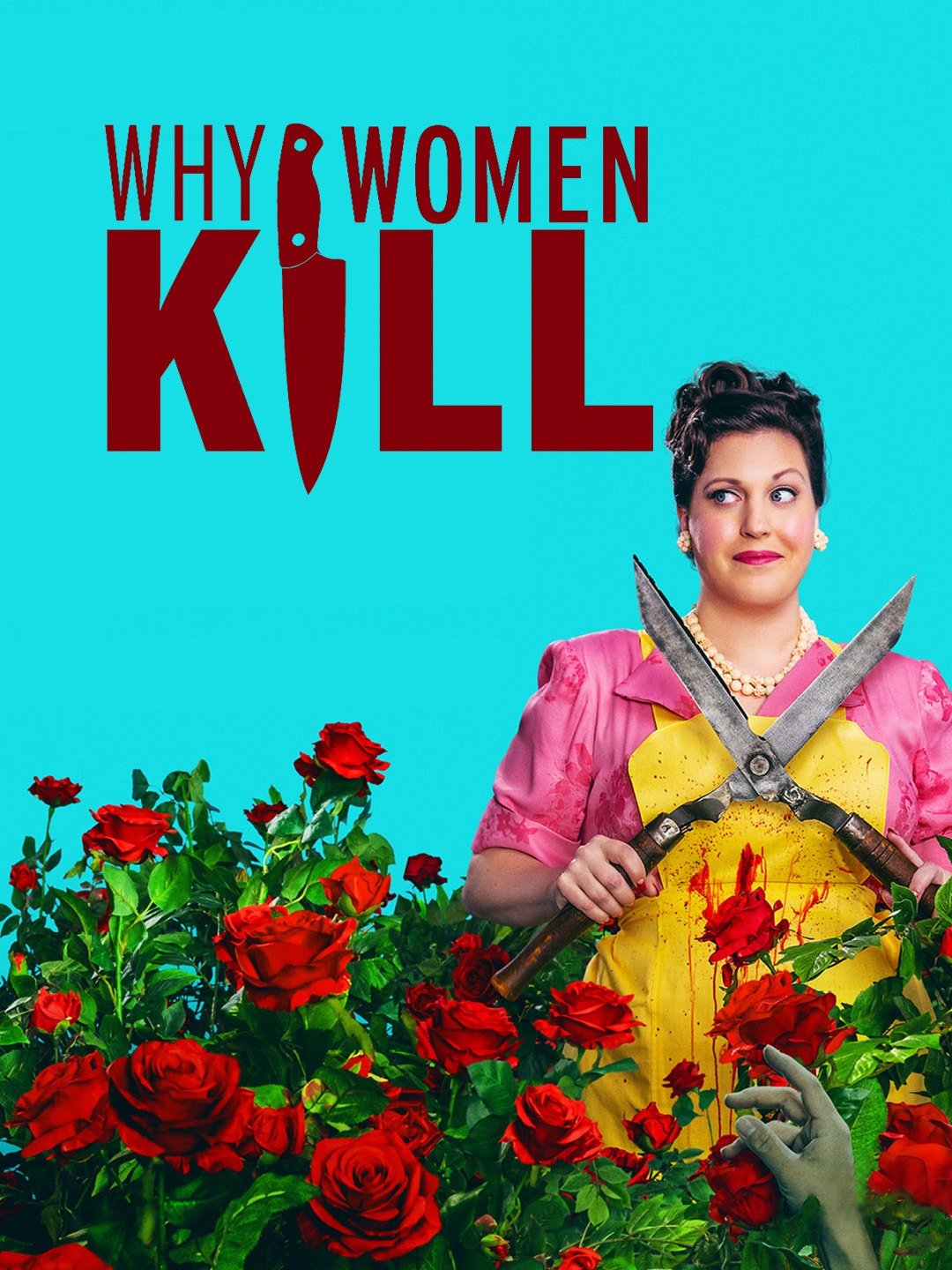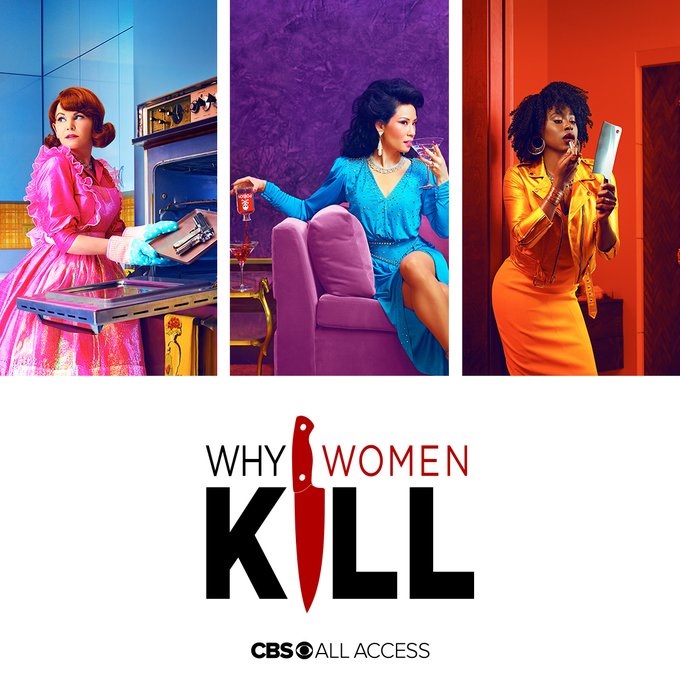Why Women Kill: A Deep Dive Into The Trailer And Its Alluring Promise
Why Women Kill: A Deep Dive into the Trailer and its Alluring Promise
Related Articles: Why Women Kill: A Deep Dive into the Trailer and its Alluring Promise
Introduction
In this auspicious occasion, we are delighted to delve into the intriguing topic related to Why Women Kill: A Deep Dive into the Trailer and its Alluring Promise. Let’s weave interesting information and offer fresh perspectives to the readers.
Table of Content
Why Women Kill: A Deep Dive into the Trailer and its Alluring Promise

The trailer for Why Women Kill, a dark comedy anthology series, doesn’t simply tease a show; it promises a delicious exploration of female rage, societal constraints, and the lengths women will go to in the face of betrayal, oppression, and the suffocating expectations of different eras. More than just a murder mystery, the trailer skillfully weaves together a tapestry of intrigue, hinting at the complex motivations and surprising consequences that lie at the heart of each season’s narrative. This article will dissect the trailer’s effectiveness, analyzing its visual language, musical cues, and narrative structure to understand why it generates such compelling anticipation.
The trailer immediately establishes its premise: a house, seemingly idyllic, but harboring secrets and simmering resentments across three distinct timelines. The visuals are crucial. The vibrant colors of the 1960s, the sharp contrasts of the 1980s, and the sleek modernity of the present day are not merely stylistic choices; they reflect the evolving social landscape and the differing ways women navigate their lives within those contexts. The quick cuts between these eras create a sense of frenetic energy, suggesting a narrative that’s both interconnected and wildly disparate. This visual dynamism immediately grabs the viewer’s attention, preventing any sense of monotony and promising a mehrere and engaging viewing experience.
The music plays a pivotal role in amplifying the trailer’s emotional impact. A blend of retro-inspired melodies and darkly suspenseful chords underscores the juxtaposition of seemingly idyllic settings and the underlying darkness. The music subtly shifts in tone with each time period, mirroring the evolving emotional landscape of the women at the center of the narrative. This careful orchestration of sound enhances the trailer’s ability to evoke a range of emotions – from playful intrigue to chilling suspense – within a short timeframe.
The trailer masterfully introduces the central characters, each embodying a different archetype of womanhood within their respective eras. We see Beth Ann (Ginnifer Goodwin) in the 1960s, a seemingly perfect housewife grappling with her husband’s infidelity; Simone (Lucy Liu) in the 1980s, a sophisticated socialite navigating a complex marriage and the changing dynamics of female empowerment; and Taylor (Kirby Howell-Baptiste) in the present day, a seemingly modern woman facing unexpected challenges in her marriage. The trailer cleverly uses brief glimpses into their lives, showcasing their vulnerabilities and simmering frustrations, hinting at the catalysts that will push them to the brink.
The use of short, impactful dialogue snippets further enhances the trailer’s effectiveness. Lines like "He’s having an affair," "I’m going to kill him," and "This is going to be messy," are strategically placed to create a sense of escalating tension and dramatic irony. These snippets don’t reveal too much, but rather tantalize the viewer with the promise of shocking revelations and unforeseen consequences. The ambiguity surrounding the motivations and actions of the characters further piques the audience’s curiosity, encouraging them to watch the series to unravel the mysteries.
The trailer’s verschlagen use of editing techniques dementsprechend contributes to its success. The rapid-fire cuts between the three timelines create a sense of urgency and suspense, keeping the viewer constantly engaged. The strategic placement of close-ups on the characters’ faces allows us to witness their internal struggles and emotional turmoil, adding a layer of depth and complexity to their portrayals. The use of slow-motion sequences during moments of heightened drama further emphasizes the gravity of the situations and the emotional weight carried by the characters.
Beyond the technical aspects, the trailer’s success lies in its ability to tap into universal themes that resonate with a wide audience. The exploration of female rage, often suppressed or ignored in traditional narratives, is a powerful draw. The show promises to give voice to the frustrations and anger experienced by women across different generations, offering a cathartic and empowering experience for viewers. Furthermore, the exploration of societal expectations and the constraints placed upon women throughout history resonates deeply with audiences who recognize the struggles faced by women in navigating complex social structures.
The trailer dementsprechend hints at the show’s comedic elements, subtly contrasting the dark and serious themes with moments of dark humor. This blend of genres is a key element of the show’s appeal, offering a unique and engaging viewing experience that avoids being overly melodramatic or overly simplistic. The trailer successfully balances the suspense and the humor, creating a sense of anticipation that leaves the viewer wanting more.
Finally, the trailer’s overall aesthetic is striking. The combination of vibrant colors, stylish costumes, and evocative imagery creates a visually stunning experience that captivates the viewer from the outset. This aesthetic coherence further strengthens the trailer’s impact, ensuring that it leaves a lasting impression and generates significant interest in the show.
In conclusion, the Why Women Kill trailer is a masterclass in effective marketing. Its skillful use of visual language, musical cues, narrative structure, and editing techniques creates a compelling narrative that piques the viewer’s curiosity and generates significant anticipation. By exploring universal themes of female rage, societal constraints, and the complexities of menschlich relationships, the trailer taps into a deep emotional wellspring, promising a show that is both entertaining and thought-provoking. It’s not just a trailer; it’s a carefully crafted narrative teaser that leaves viewers eager to delve into the dark and fascinating world it promises. The success of the trailer lies in its ability to effectively communicate the show’s unique blend of genres, its complex characters, and its exploration of timely and relevant themes, all within a concise and captivating format.








Closure
Thus, we hope this article has provided valuable insights into Why Women Kill: A Deep Dive into the Trailer and its Alluring Promise. We thank you for taking the time to read this article. Tümpel you in our next article!